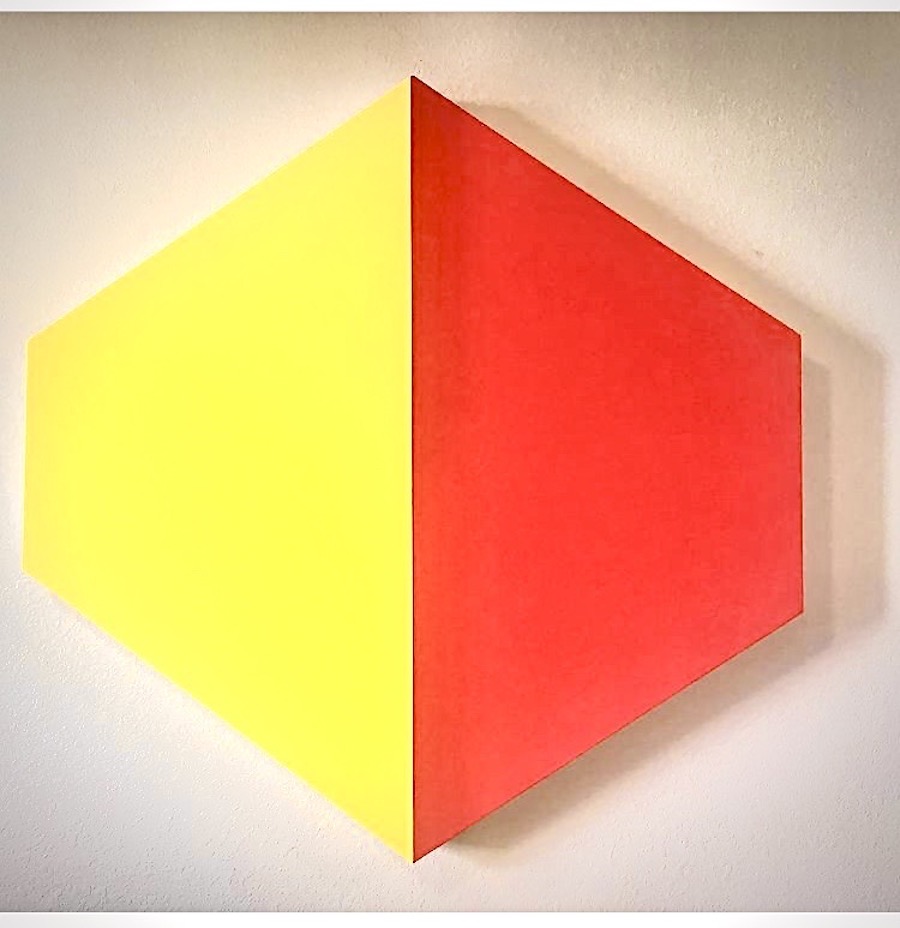Constructivism Art
What is the concept of Constructivism art?
The Constructivists sought to influence architecture, design, fashion, and all mass-produced objects. In place of painterly concerns with composition, Constructivists were interested in construction. Rather than emerging from an expressive impulse or an academic tradition, art was to be built.
What is Constructivism art examples?
Constructivism in Two-Dimensional Art
In ‘Pure Red Color, Pure Yellow Color, Pure Blue Color‘ (1921), for example, constructivist painter Alexander Rodchenko reduced the art of painting to its simplest form, in a tryptic of colored squares.
What is Constructivism in art appreciation?
What Is Constructivist Art? Constructivism was a Russian avant-garde art movement that used geometric shapes and industrial materials. Constructivists created artworks that reflected communist ideals, dedicated to benefiting the common good, and promoted a utopian society.
What was the main goal of constructivism?
The seed of Constructivism was a desire to express the experience of modern life – its dynamism, its new and disorientating qualities of space and time. But also crucial was the desire to develop a new form of art more appropriate to the democratic and modernizing goals of the Russian Revolution.
Why is constructivism theory important?
Constructivism is crucial to understand as an educator because it influences the way all of your students learn. Teachers and instructors that understand the constructivist learning theory understand that their students bring their own unique experiences to the classroom every day.
What is the origin of constructivism?
Constructivism can be traced back to educational psychology in the work of Jean Piaget (1896–1980) identified with Piaget’s theory of cognitive development. Piaget focused on how humans make meaning in relation to the interaction between their experiences and their ideas.
What are the characteristics of Constructivism art?
The basic formal characteristics of Constructivist art, included the use of geometric or technoid primary forms, arranged in a space or surface in harmonious order. Constructivist painters rejected bright, colourful palates and experimented with the effects of light and movement.
What is constructivism and examples?
Constructivism calls upon each student to build knowledge through experience such that knowledge can’t simply be transferred from the teacher to student. As such, teachers play a facilitation role. For example, a school that has students pursue their own projects with the teacher playing a advisory role.
What is your definition of constructivism?
Constructivism is based on the idea that people actively construct or make their own knowledge, and that reality is determined by your experiences as a learner. Basically, learners use their previous knowledge as a foundation and build on it with new things that they learn.
What is the main focus of constructivism?
Constructivism is based on the idea that people actively construct or make their own knowledge, Constructivism’s central idea is that human learning is constructed, that learners build new knowledge upon the foundation of previous learning. This prior knowledge influences what new or modified knowledge an individual will construct from new learning experiences (Phillips, 1995).
What are the types of constructivism?
Typically, this continuum is divided into three broad categories: Cognitive Constructivism, Social Constructivism, and Radical Constructivism.
What are the advantages of constructivism?
Constructivism promotes social and communication skills by creating a classroom environment that emphasizes collaboration and exchange of ideas. Students must learn how to articulate their ideas clearly as well as to collaborate on tasks effectively by sharing in group projects.
Constructivism:
Constructivism is a style that emerged in Russia, in c.1913. Constructivism completely rejected mimetic representation and was a consistent form of geometric abstract art, which as reflected in its name, was characterised by a high level of technical and mathematical perfection. The Constructivist avant-garde movement also served a social function, in that it was intended to put architecture, painting and sculpture in the service of society, as universal and collective art,
The basic formal characteristics of Constructivist art, included the use of geometric or technoid primary forms, arranged in a space or surface in harmonious order. Constructivist painters rejected bright, colourful palates and experimented with the effects of light and movement.
Vladimir Tatlin (1885-1953) was the key exponent of Constructivist sculpture. His counter reliefs (from c. 1914) were the most important part of his sculptural oeuvre. As part of an ongoing focus on Pablo Picasso’s Cubism, Tatlin abandoned any association with materiality in his works, adopting pure geometric and technoid solutions, using their material character, tension and weight ratio.
These works also represented a necessary step of development towards Machine Art, which Tatlin also founded.
With the term “proun” (which derives from “pro unowis”) El Lissitsky (1890-1941) defined a reference point for his geometric-abstract art, which manifested itself in paintings, sculpture and large installations. László Moholy-Nagy’s (1895-1946) artistic output was also predominantly influenced by Constructivism. In the 1920s, he executed technoid, kinetic objects and in 1930, created his first “Light-Space Modulator”, which was constructed from sticks, metal discs, glass plates and light sources, which generated a fascinating abstract play of light.
The main exponents of Constructivist art were El Lissitzky, Vladimir Tatlin, László Moholy-Nagy, Naum Gabo, Katarzyna Kobro, Antoine Pevsner and Alexander Rodchenko. Constructivism provided the conditions for contemporaneous (and non-contemporaneous) artistic movements such as Suprematism and Machine Art.
Source: https://www.kettererkunst.com/dict/constructivism.php

















